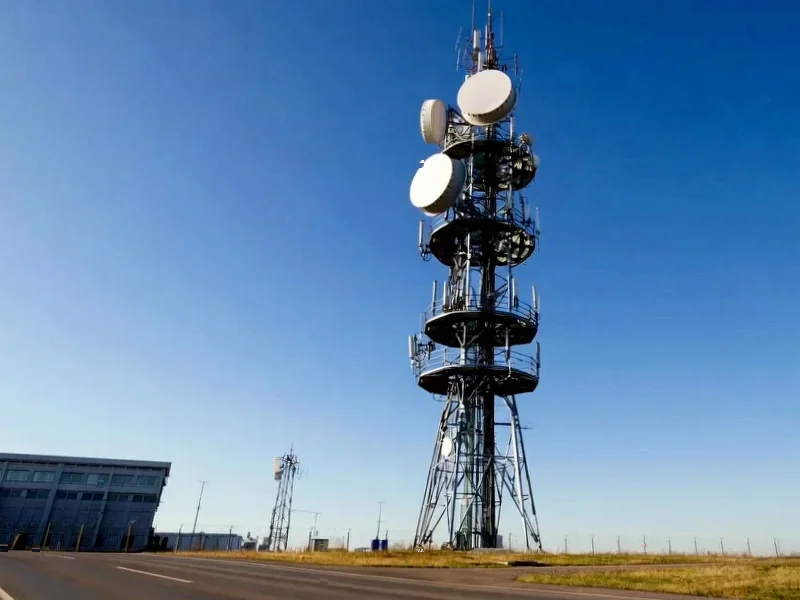According to CNBC, Amazon is building its first wholly-owned subsea fiber-optic cable called Fastnet to connect Maryland’s Eastern shore directly to County Cork, Ireland. The cable will have a massive capacity exceeding 320 terabits per second, which Amazon says is equivalent to streaming 12.5 million HD movies simultaneously. Matt Rehder, Amazon Web Services vice president of core networking, emphasized that subsea cables are essential for international connectivity. Unlike satellite alternatives that suffer from higher latency and costs, these cables carry over 95% of global data traffic. Amazon expects Fastnet to be operational by 2028, though they haven’t disclosed the construction costs. This project represents Amazon’s first solo venture into subsea cable infrastructure after previously investing in consortium projects like Jako, Bifrost and Havfrue.
<h2 id="cloud-infrastructure-arms-race”>The cloud infrastructure arms race
Here’s the thing – this isn’t really about streaming movies. That 12.5 million HD movies statistic is just a flashy way to make insane bandwidth numbers relatable. What Amazon‘s actually doing is building the central nervous system for its cloud empire. And they’re not alone in this game – Google, Meta, and Microsoft have all been laying their own cables across ocean floors for years.
So why go solo now? When you own the entire cable, you control the capacity, the routing, the maintenance schedules – everything. In a consortium, you’re sharing decisions with competitors. That’s fine for general internet traffic, but when your entire business depends on moving petabytes of AI training data and real-time cloud applications across continents? You want complete control. Basically, Amazon’s saying they’ve outgrown the shared playground.
AWS needs more than just servers
Matt Rehder wasn’t kidding when he called subsea “essential” for AWS. Think about it – where’s the growth in cloud computing right now? It’s all about AI workloads, edge computing, and global applications that demand near-instantaneous data transfer. Satellite can’t cut it with that latency. And with AI models getting larger and requiring distributed training across multiple data centers? The pipes between those centers become the bottleneck.
Amazon’s basically future-proofing its most profitable division. AWS generated over $25 billion in revenue last quarter alone. They can’t afford to have their international connectivity constrained by shared infrastructure. This cable isn’t just about adding capacity – it’s about ensuring that when a financial institution in London needs to process transactions through AWS servers in Virginia, there’s zero question about the connection reliability.
What this means for everyone else
The interesting part is who benefits beyond Amazon itself. While Fastnet will primarily serve AWS traffic, excess capacity will likely be sold to other providers. That means better international connectivity for everyone using the internet in those regions. But it also raises questions about infrastructure consolidation.
When tech giants own the physical cables that carry global communications, what does that mean for competition? We’re seeing a world where a handful of companies control not just the services we use, but the very pipes that connect continents. It’s efficient, sure. But is it healthy long-term? Only time will tell whether this infrastructure investment pays off for Amazon’s bottom line – and what it means for the rest of us relying on these digital highways.




